作者:一个喜欢猫咪的的程序员
专栏:《数据结构》
喜欢的话:世间因为少年的挺身而出,而更加瑰丽。 ——《人民日报》
目录
队列的结构和概念:
Queue.h文件
Queue.c文件
Test.c文件:
队列的结构和概念:
队列:只允许在一端进行插入数据操作,在另一端进行删除数据操作的特殊线性表,队列具有先进先出FIFO(First In First Out)
入队列:进行插入操作的一端称为队尾 出队列:进行删除操作的一端称为队头。

队列分为了两种结构
一种是数组,一种是链表。
数组在头删上面效率低,需要挪动数据。
链表头删容易。我们定义一个尾指针tail,我们就可以大大提高尾插的效率了。
链表分为单双,是否循环,是否带头。我们的选择:单链表

Queue.h文件
#pragma once
#include<stdio.h>
#include<assert.h>
#include<stdbool.h>
#include<stdlib.h>
typedef int QDataType;
typedef struct QueueNode
{
QDataType data;
struct QueueNode* next;
}QNode;
typedef struct Queue
{
QNode* head;
QNode* tail;
int size;
}Queue;
void QInit(Queue* pq);
void QDestroty(Queue* pq);
void QPush(Queue* pq, QDataType x);
void QPop(Queue* pq);
QDataType QFront(Queue* pq);
QDataType QBack(Queue* pq);
bool QEmpty(Queue* pq);
int QSize(Queue* pq);Queue.c文件
#include"Queue.h"
void QInit(Queue* pq)
{
assert(pq);
pq->head = NULL;
pq->tail = NULL;
pq->size = 0;
}
void QDestroty(Queue* pq)
{
assert(pq);
assert(!QEmpty(pq));
QNode* cur = pq->head;
while (cur)
{
QNode* del = cur;
cur = cur->next;
free(del);
}
pq->head = pq->tail = NULL;
}
void QPush(Queue* pq, QDataType x)
{
assert(pq);
QNode* newnode = (QNode*)malloc(sizeof(QNode));
if (newnode == NULL)
{
perror("malloc fail");
exit(-1);
}
newnode->data = x;
newnode->next = NULL;
if (pq->tail==NULL)
{
pq->head = pq->tail = newnode;
}
else
{
pq->tail->next = newnode;
pq->tail = newnode;
}
pq->size++;
}
void QPop(Queue* pq)
{
assert(pq);
assert(!QEmpty(pq));
if (pq->head->next == NULL)
{
free(pq->head);
pq->head = NULL;
pq->tail = NULL;
}
else
{
QNode* del = pq->head;
pq->head = pq->head->next;
free(del);
del = NULL;
}
pq->size--;
}
QDataType QFront(Queue* pq)
{
assert(pq);
assert(!QEmpty(pq));
return pq->head->data;
}
QDataType QBack(Queue* pq)
{
assert(pq);
assert(!QEmpty(pq));
return pq->tail->data;
}
bool QEmpty(Queue* pq)
{
assert(pq);
if (pq->head == NULL && pq->tail == NULL)
return true;
else
return false;
}
int QSize(Queue* pq)
{
assert(pq);
return pq->size;
}这里跟链表的设计差不多,我提几个要注意的点:
- 这里需要assert是因为pq要调用head和tail,理论上一定不为空,pq是指向一个结构体,结构体不为空。
- 这里的循环条件是不等于NULL而不是不等于尾,尾是一个结构体。
- 当头删的时候,可能会照成一种隐藏的bug,当只剩下一个数据的时候,删掉后,head为NULL,tail为野指针,会造成尾插代码的bug。
Test.c文件:
#include"Queue.h"
void test1()
{
Queue pq;
QInit(&pq);
QPush(&pq, 1);
QPush(&pq, 2);
QDataType x = QFront(&pq);
QDataType y = QBack(&pq);
printf("%d %d", x, y);
QDestroty(&pq);
}
int main()
{
test1();
return 0;
}当我们要改变一个指针的地址的时候有三种方法:
- 利用二级指针改变一级指针
- 利用返回值
- 利用结构体,将指针放在结构体内,传结构体。

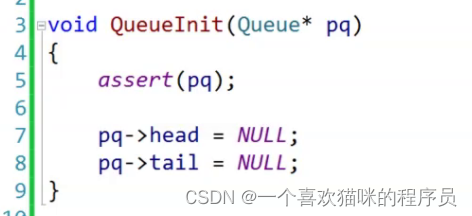


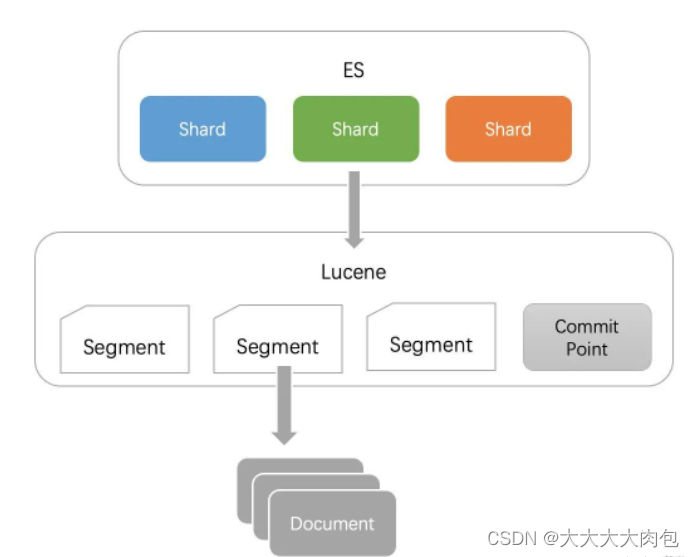

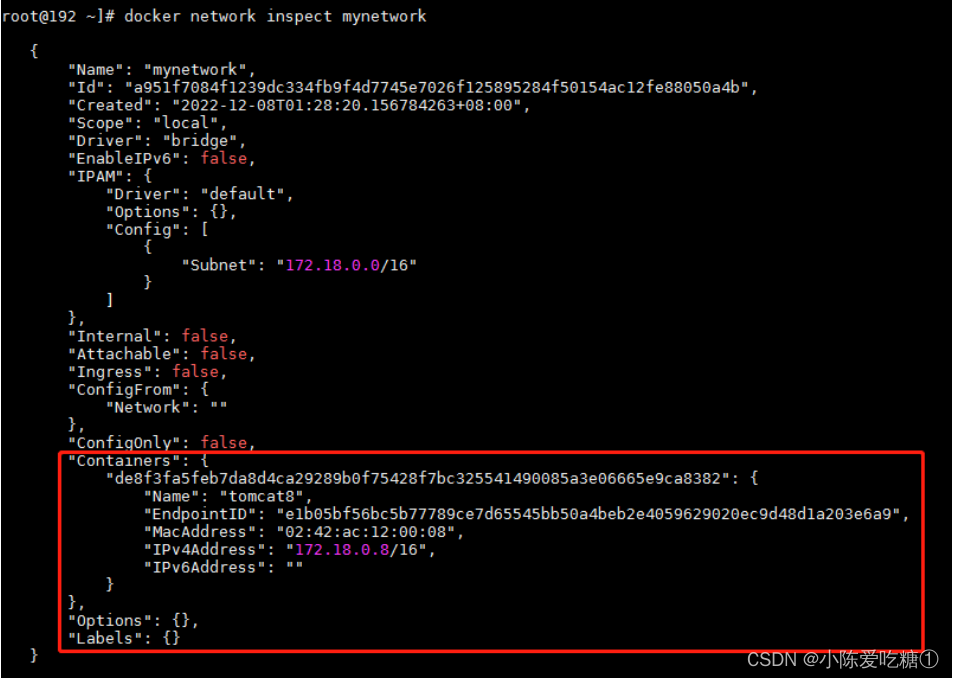
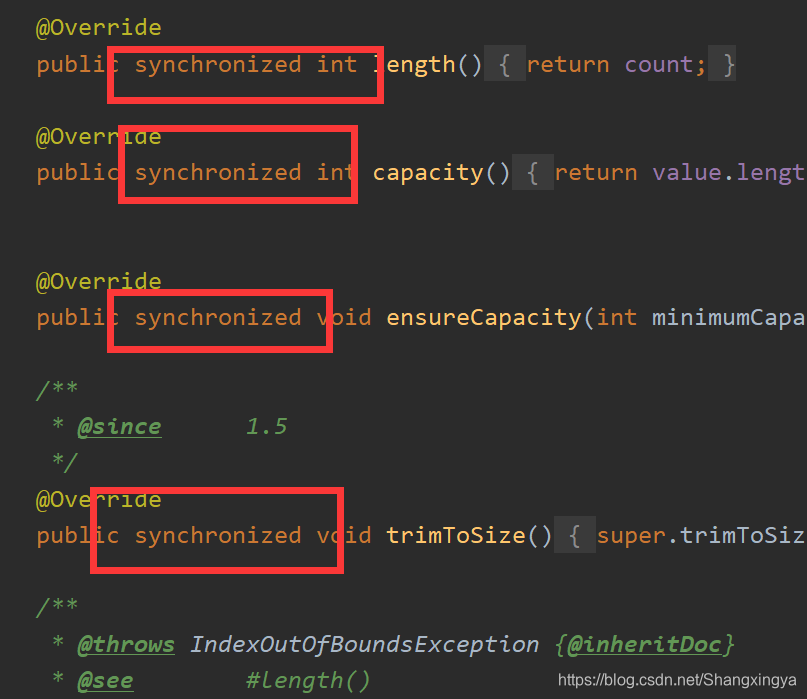
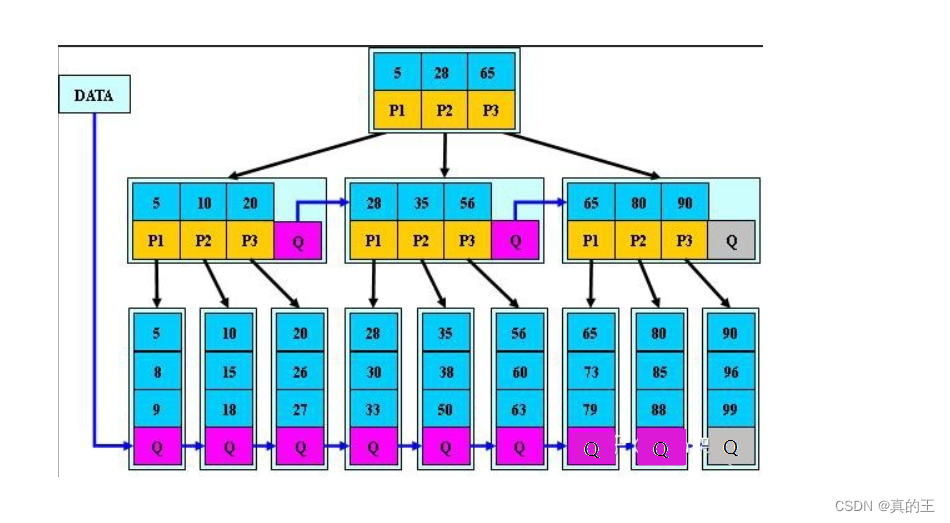
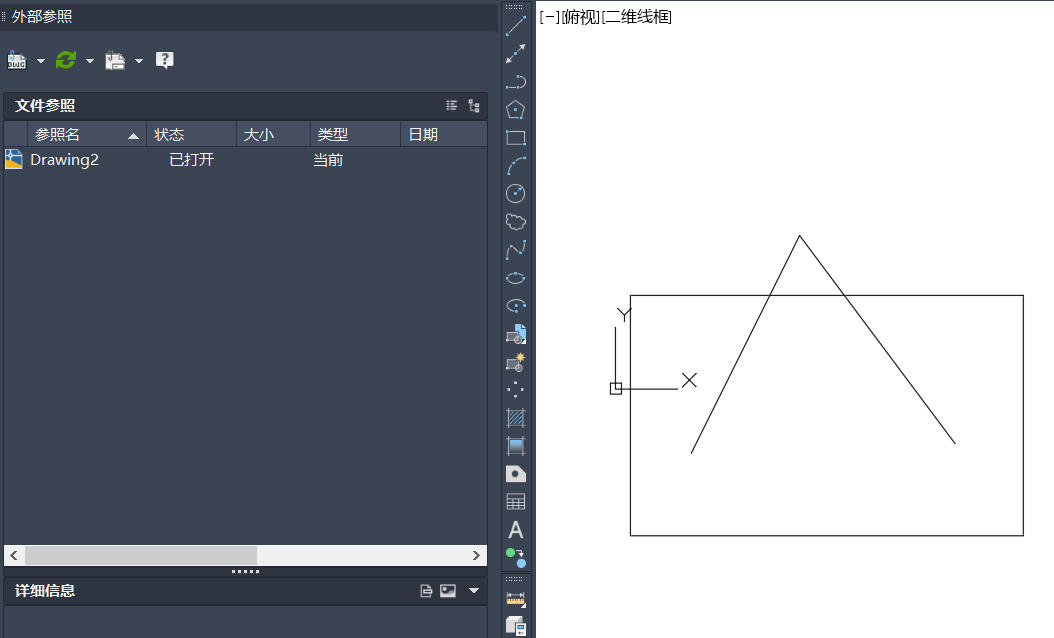
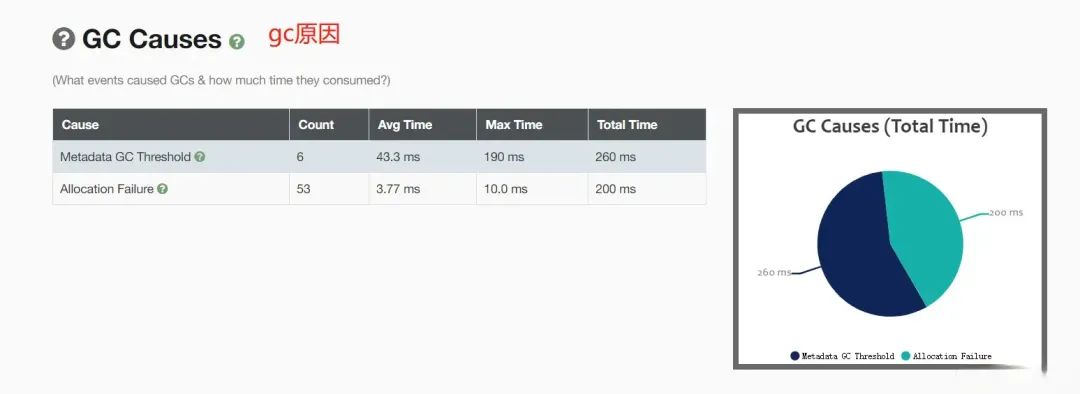
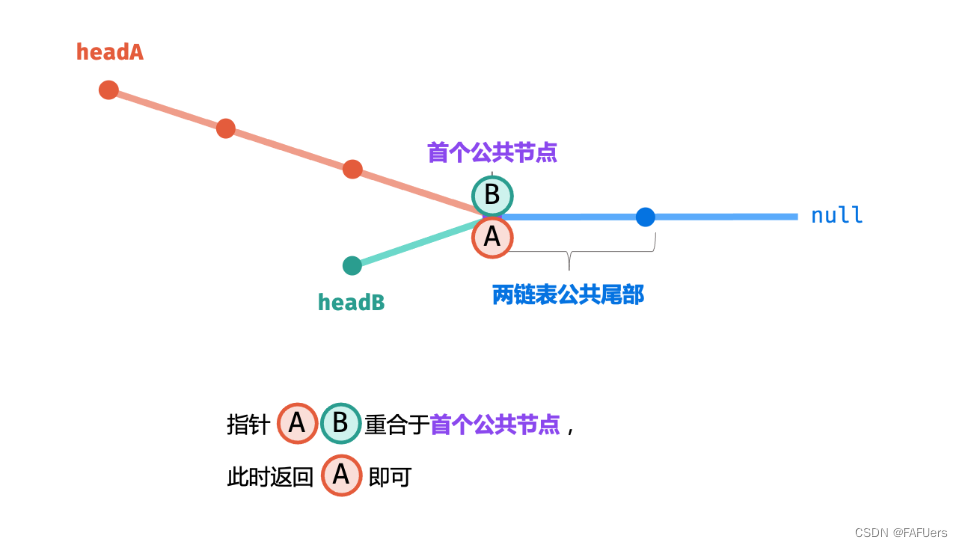
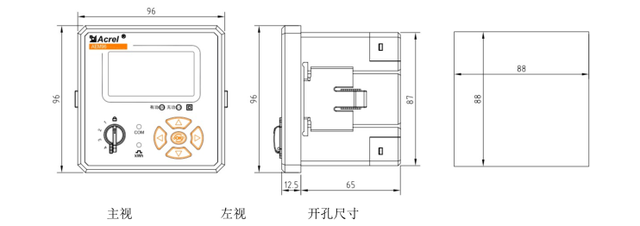
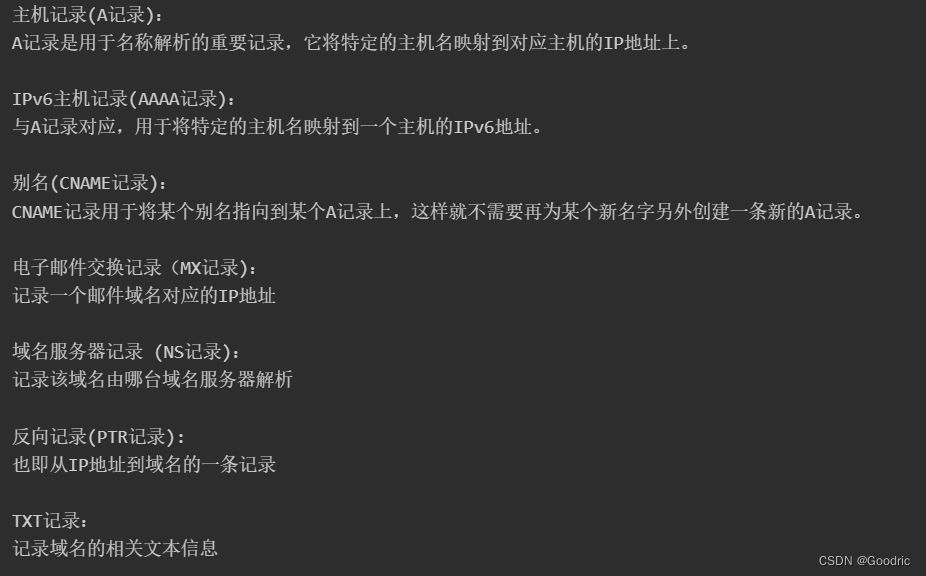




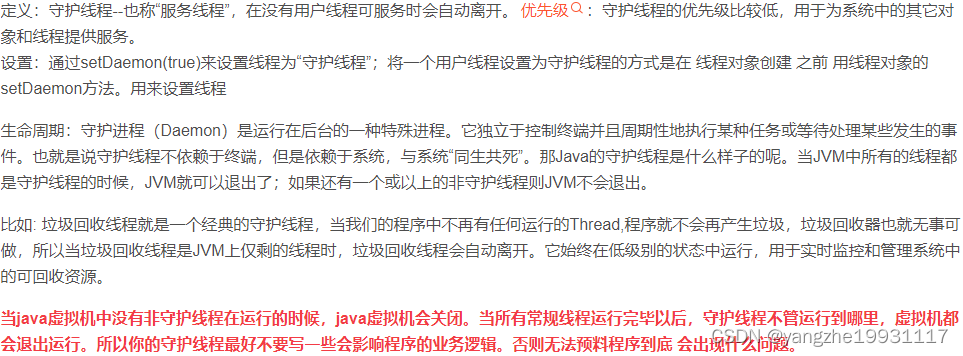
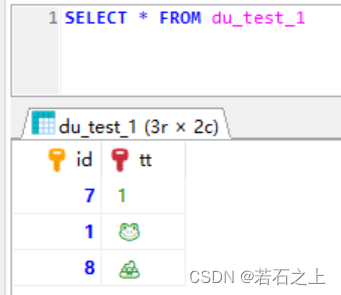
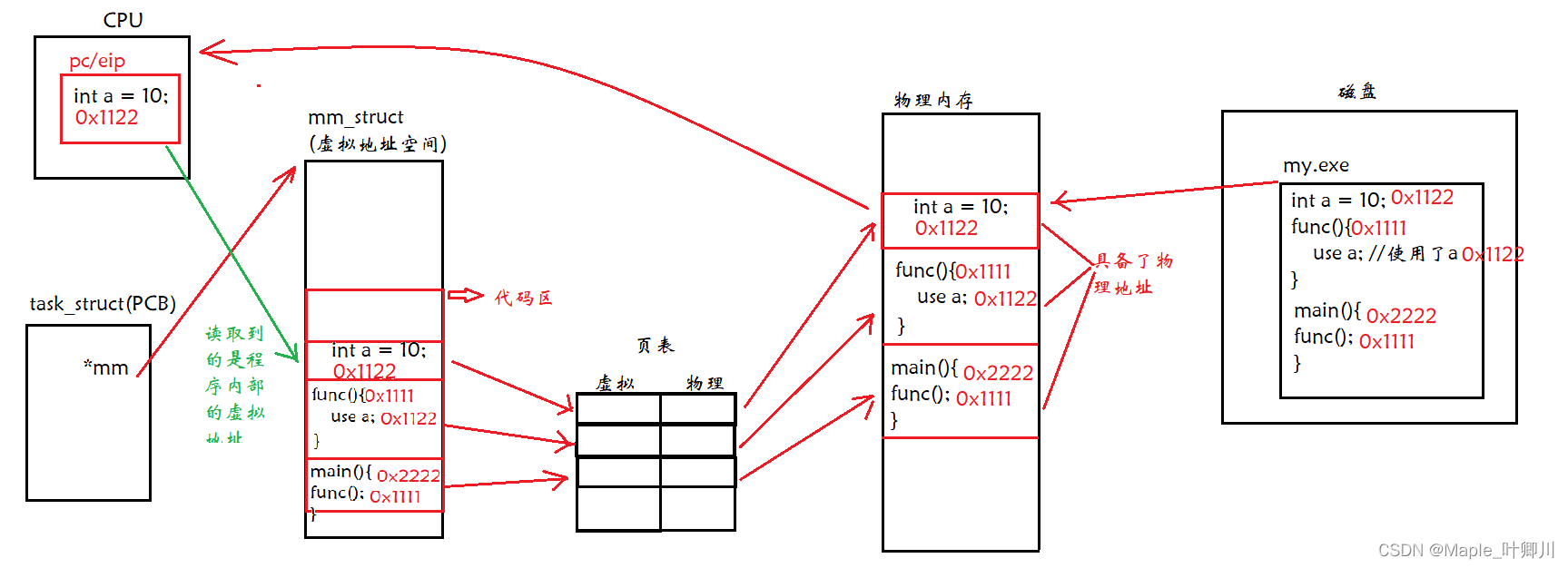


![[毕业设计]2022-2023年最新最全计算机专业毕设选题推荐汇总](https://img-blog.csdnimg.cn/887a898b20664b399694dcf15cedcd68.png)